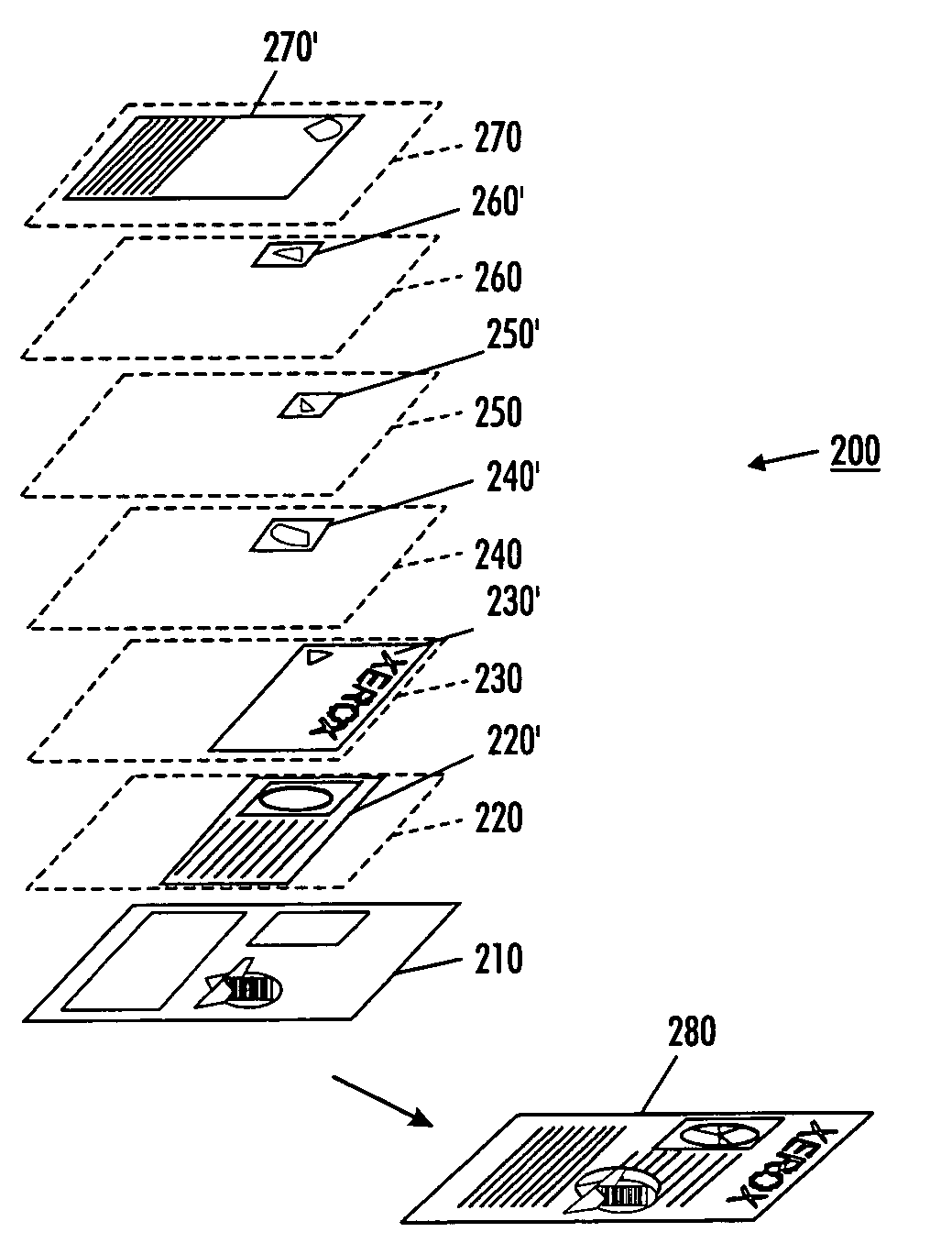Systems and methods for organizing image data into regions
a technology of image data and regions, applied in image enhancement, image data processing, instruments, etc., can solve the problems of document format (pdf), document cannot be rendered at all, and contains objectionable artifacts upon rendering, and achieve acceptable color variation and high quality.
- Summary
- Abstract
- Description
- Claims
- Application Information
AI Technical Summary
Benefits of technology
Problems solved by technology
Method used
Image
Examples
Embodiment Construction
[0035]Various exemplary embodiments of systems and methods are disclosed that automatically process scanned and / or printed color documents to produce small, highly-compressed image data files that accurately capture the original document content. Data files are generated by scanning in documents, and analyzing the data to determine which pixels of the image can be grouped together because they have similar color and are defined by a closed curve boundary. These areas are then clustered together by combining areas of similar color which are near each other spatially. The combined areas (clustered regions) are then placed in one of a plurality of binary foreground layers, and may be compressed for output as a PDF file, for example.
[0036]FIG. 1 shows image data of a document that is decomposed into a background continuous tone or grayscale layer (background layer) 210 and N binary foreground layers. In this example, there are six (N=6) binary foreground layers 220-270. The image data c...
PUM
 Login to View More
Login to View More Abstract
Description
Claims
Application Information
 Login to View More
Login to View More - R&D
- Intellectual Property
- Life Sciences
- Materials
- Tech Scout
- Unparalleled Data Quality
- Higher Quality Content
- 60% Fewer Hallucinations
Browse by: Latest US Patents, China's latest patents, Technical Efficacy Thesaurus, Application Domain, Technology Topic, Popular Technical Reports.
© 2025 PatSnap. All rights reserved.Legal|Privacy policy|Modern Slavery Act Transparency Statement|Sitemap|About US| Contact US: help@patsnap.com



